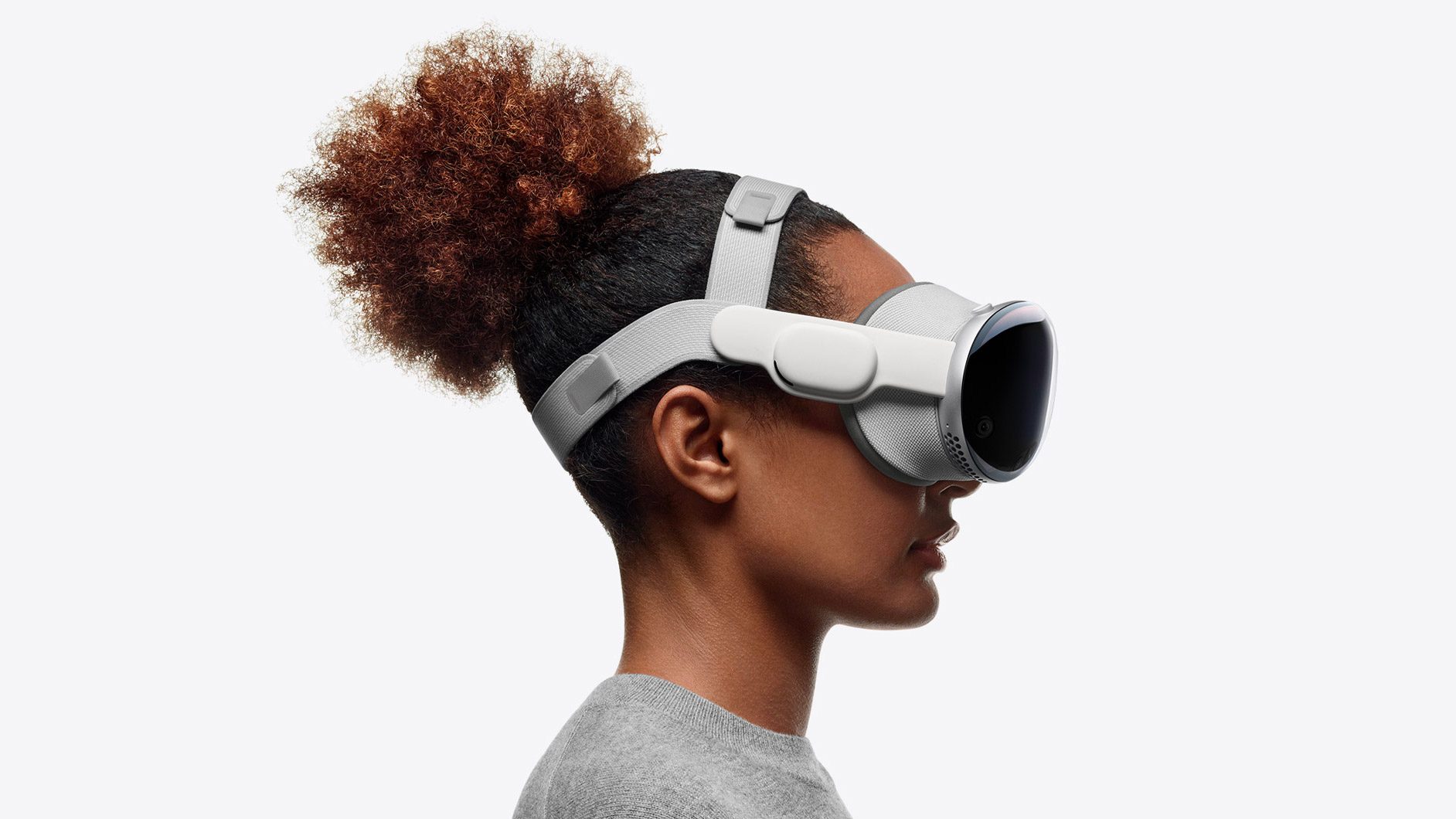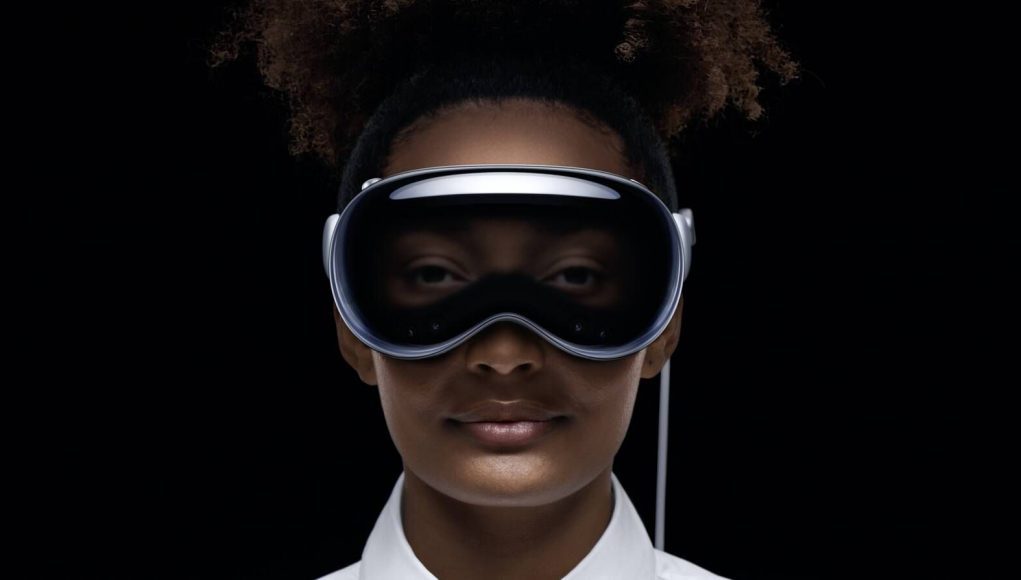We’ve had a chance to go hands-on with Apple Vision Pro when the company unveiled it at WWDC last summer. Now it seems Apple has let a few outlets in for another go, as new previews have dropped ahead of the device’s Friday pre-order event.
The Verge and Engadget were among those with fresh Apple-sanctioned previews of Vision Pro, which featured a pre-demo scanning session so users would have the right sized strap for their heads. Indeed, one of the biggest themes here isn’t whether Vision Pro is cool and on the cutting edge, but is it comfortable?
The Verge’s Victoria Song says that like any other VR headset (Apple’s calling it a ‘spatial computer’), you can “feel it sitting on your head and wrecking your hairdo once you slip it on,” noting that people with long hair will feel it “bunch up in the back.” Song doesn’t mention whether the discomfort stopped there.
In Cherlynn Low’s hands-on for Engadget, she says the standard configuration gave her some issues:
Unlike the version that our colleague Devindra Hardawar saw at WWDC last year, the Vision Pro unit I tried on today came with a strap that you stretch and ends up at the back of your head. It was wide, ridged and soft, and I at first thought it would be very comfortable. But 15 minutes into my experience, I started to feel weighed down by the device, and five more minutes later, I was in pain. To be fair, I should have flagged my discomfort to Apple earlier, and alternative straps were available for me to swap out. But I wanted to avoid wasting time. When I finally told the company’s staff about my issues, they changed the strap to one that had two loops, with one that went over the top of my head.
Low was eventually offered a Dual Loop band, which distributes weight over the top of the user’s head, something she notes kept Vision Pro from slipping down her hair.

YouTuber Marques Brownlee also got a third hands-on. In a post on X, Brownlee expresses some reservations about long-term comfort. To him, the headset is heavy.
First time I tried Vision Pro: Damn this display is amazing and the eye tracking is like magic and this feels very future and also it’s a little heavy
Second time: immersion factor is still so high. Special videos are hit or miss, you gotta get the distance right. And wow this thing is really, heavy, not sure how long I’d be able to wear this
Third time: Damn this thing is heavy. Also the typing experience is decent. There’s some new cool apps to check out. But wow. So heavy.
Like Brownlee, both Low and Song seemed to walk away with similarly positive impressions when it came to UI, eye-tracking quality, and the headset’s dual microOLED screens.
YouTuber Brian Tong was offered his fourth preview of Vision Pro, wherein he says he’s concerned he wouldn’t even be able to “get through even an hour of watching a movie straight, let alone two hours of a full movie. Maybe I’ll have to take a rest in between.” Ouch.
We’re hoping for another crack at Vision Pro too, which will let us dive deeper into long-term comfort ahead of the headset’s February 2nd ship date. We should also have a better idea of what launch content Apple is planning then too, which for now isn’t clear beyond the demo stuff we’ve seen, which includes support for standard iOS apps, spatial video replay, a Disney+ app, and a built-in meditation app.
In the meantime, check out our initial hands-on with Vision Pro to hear all about our first impressions of Apple’s $3,500 headset.







